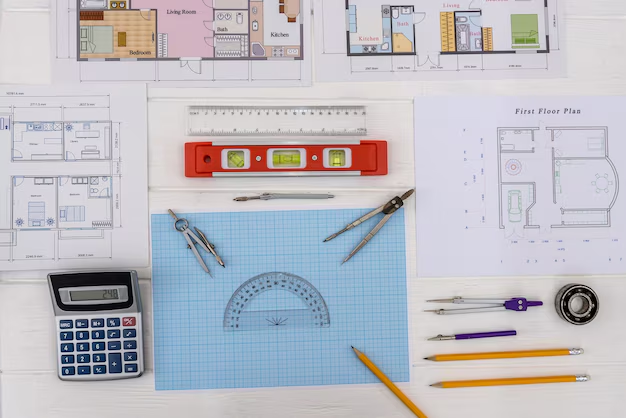Discovering the Square Footage of Your Roof Made Simple
Ever looked up at your roof and wondered about its size? Whether you're planning a renovation, installing solar panels, or just keen to know more about your home, calculating the square footage of your roof is easier than you think. Armed with some basic tools and a little know-how, you can quickly determine your roof's area.
Step-by-Step Guide to Calculate Roof Square Footage
Step 1: Determine the Roof's Pitch
The pitch of a roof refers to its steepness. It’s typically measured in inches, representing the vertical rise over a 12-inch horizontal run. For example, a 5/12 pitch means the roof rises 5 inches for every 12 inches horizontally. Understanding the pitch is crucial because it affects your roof’s actual surface area.
Step 2: Measure the Base Area
Before calculating the roof's total square footage, start with the home’s base measurement. Use a tape measure to determine the length and width of your house. If you have a complex roof with multiple sections, break it into smaller rectangles or squares, measure each one, and sum them up.
Step 3: Calculate the Roof Area
Adjust the base measurement to account for the roof's pitch. Here's the formula:
[ ext{Roof Area} = ext{Base Area} imes ext{Roof Pitch Multiplier} ]
Not sure about your pitch multiplier? Here’s a quick guide:
- 3/12 = 1.03
- 5/12 = 1.08
- 7/12 = 1.16
Simply multiply the base area by the appropriate multiplier. For instance, if your home's footprint is 1,200 square feet and the roof pitch is 5/12, the roof area would be 1,200 imes 1.08 = 1,296 square feet.
Tips for Measuring
- Use a laser distance measurer for more precision.
- Consult roof-specific blueprints if available, as it saves time and ensures accuracy.
- Exercise caution when climbing on roofs. Alternatively, enlist professional help if you're not comfortable doing it yourself.
Once you've figured out the size, you might find that replacing your roof is more affordable than anticipated, or that you have space for other enhancements like solar panels. However, projects like these often come with significant expenses.
Leverage Financial Options for Roof Projects
Given the costs, exploring financial and educational support can offset some of this burden. Here’s a list to help you maximize opportunities:
- 🏠 Government Assistance Programs: Check local housing agencies for programs that offer grants or subsidized loans for energy-efficient home improvements.
- 💳 Credit Card Solutions: Look for credit cards offering 0% APR for an introductory period, which can spread out payments without the immediate interest burden.
- 📚 Educational Grants & Loans: Some community colleges offer courses that educate homeowners on DIY improvements, possibly funded by educational grants.
- 💸 Debt Relief Options: If budgeting for roof work poses a challenge, consult financial advisors about debt management plans to consolidate debts.
- 🌿 Energy Efficiency Rebates: Installation of solar panels may qualify for federal or state rebates, reducing overall expenses.
Understanding and measuring the square footage of your roof is just the first step towards making strategic home improvements. Equipped with calculations and potential financial aids, turning those plans into reality becomes far more achievable.
